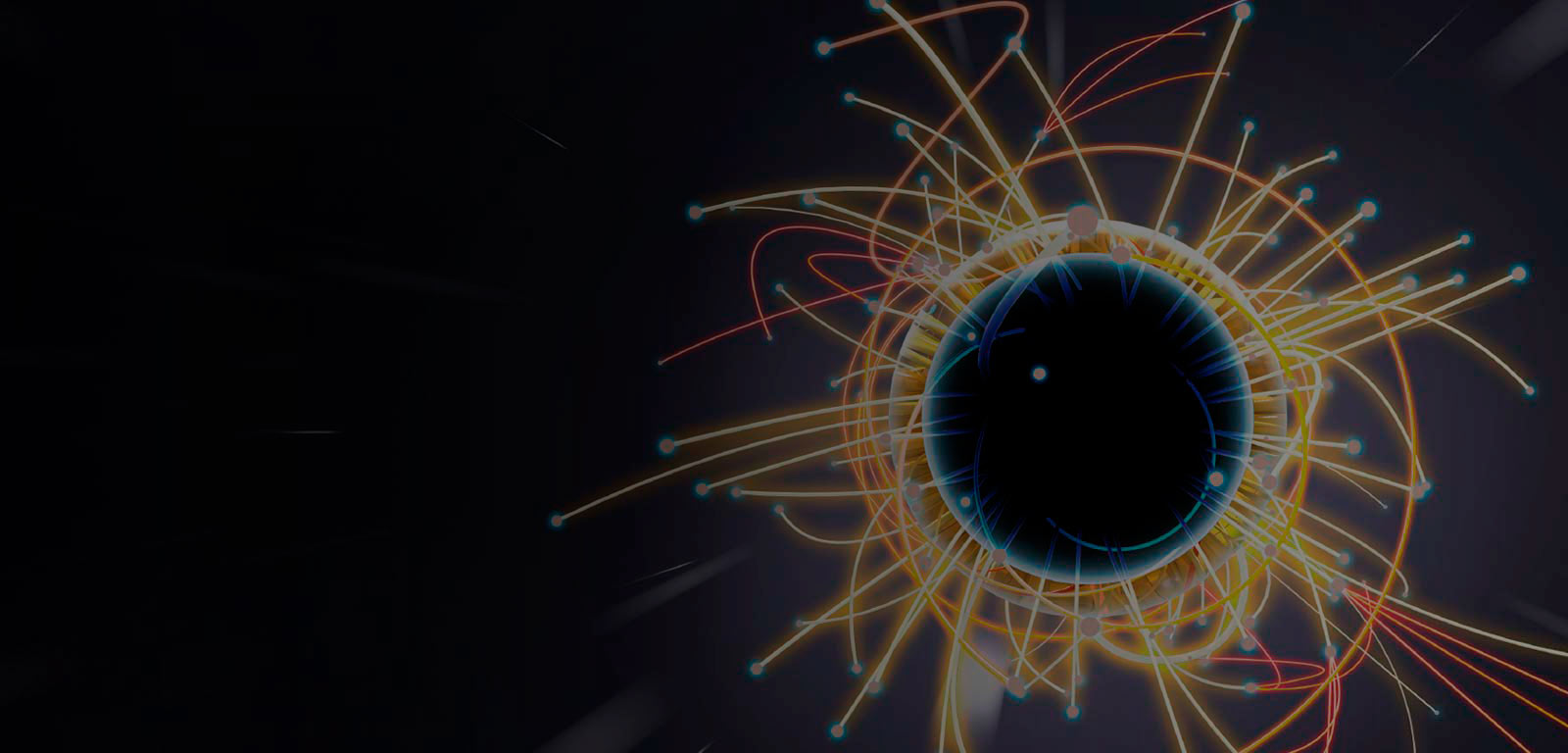Subject
Quantum Technologies
General details of the subject
- Mode
- Face-to-face degree course
- Language
- English
Description and contextualization of the subject
This module covers the principles and practices of quantum simulation, an essential aspect of quantum technologies. Students will explore how quantum systems can be used to simulate complex physical systems that are challenging to model with classical computers. The course includes theoretical foundations, algorithmic techniques, and practical applications in various fields.Teaching staff
| Name | Institution | Category | Doctor | Teaching profile | Area | |
|---|---|---|---|---|---|---|
| BLANCO PILLADO, JOSE JUAN | University of the Basque Country | Visitante Ikerbaske | Doctor | Not bilingual | Theoretical Physics | josejuan.blanco@ehu.eus |
| CASANOVA MARCOS, JORGE | University of the Basque Country | Investigador Ramón Y Cajal | Doctor | Not bilingual | ** n o c o n s t a e l a r e a * ó " á r e a p r o v i s i o n a l" | jorge.casanova@ehu.eus |
| RICO ORTEGA, ENRIQUE | University of the Basque Country | Visitante Ikerbaske | Doctor | Not bilingual | Physical Chemistry | enrique.rico@ehu.eus |
Competencies
| Name | Weight |
|---|---|
| Problem solving | 70.0 % |
| Understanding the topics and being able to present them | 15.0 % |
| To be able to present a topic not explicitly included in the syllabus | 15.0 % |
Study types
| Type | Face-to-face hours | Non face-to-face hours | Total hours |
|---|---|---|---|
| Lecture-based | 24 | 32 | 56 |
| Seminar | 8 | 12 | 20 |
| Applied classroom-based groups | 8 | 16 | 24 |
Assessment systems
| Name | Minimum weighting | Maximum weighting |
|---|---|---|
| Oral examination | 0.0 % | 50.0 % |
| Practical tasks | 50.0 % | 50.0 % |
| Presentations | 15.0 % | 50.0 % |
| Questions to discuss | 15.0 % | 70.0 % |
Ordinary call: orientations and renunciation
En caso de que las condiciones sanitarias impidan la realización deuna evaluación presencial, se activará una evaluación no presencial de
la que será informado el alumnado puntualmente.
Temary
I. Quantum Simulation- Introduction to Quantum Simulation: Overview of Quantum Technologies, Historical Background and Motivation for Quantum Simulations, Comparison with Classical Simulations
- Quantum Algorithms for Simulation, Hamiltonian Simulation, Trotter-Suzuki Decomposition, Variational Quantum Eigensolver (VQE), Quantum Phase Estimation, Quantum Monte Carlo Methods
- Physical Systems and Models, Quantum Many-Body Systems, Lattice Models (e.g., Hubbard Model), Spin Systems, Fermionic and Bosonic Systems
- Numerical Techniques and Implementation, Discretization and Approximation Methods, Error Mitigation and Noise Reduction, Software and Quantum Simulation Platforms (Qiskit, etc.)
- Case Studies and Practical Applications: Case Study: Simulating Material Properties, Case Study: Quantum Simulations in High Energy Physics, Practical Exercises Using Quantum Simulation Software
- Future Directions and Challenges, Scalability and Hardware Limitations, Advances in Quantum Algorithms, Emerging Applications and Interdisciplinary Approaches
II. NV centers, Trapped ions
- Quantum control. Two-level systems quantum control. The rotating wave approximation. Electron spin resonances. Coherent electron-nucleus couplings. The nitrogen vacancy center in diamond. Quantum sensing and polarization. Dynamical decoupling techniques.
- Quantum information processing.
Trapped ion systems. Laser-driven and microwave-driven setups. Controlled entanglement generation in trapped ions for quantum computing.
Bibliography
Basic bibliography
Part I.Nielsen, M. A., & Chuang, I. L. (2010). Quantum Computation and Quantum Information. Cambridge University Press.
Aspuru-Guzik, A., & Walther, P. (2012). Photonic quantum simulators. Nature Physics, 8, 285–291.
Georgescu, I. M., Ashhab, S., & Nori, F. (2014). Quantum simulation. Reviews of Modern Physics, 86(1), 153.
Feynman, R. P. (1982). Simulating physics with computers. International Journal of Theoretical Physics, 21(6), 467–488.
Preskill, John. "Quantum Computing in the NISQ era and beyond." arXiv preprint arXiv:1806.06862 (2018).
Sanders, Ben H., et al. "Quantum simulation of complex materials." Nature Physics 16.12 (2020): 1303-1308.
Devoret, Michel H., et al. "Superconducting circuits for quantum information: An outlook." Science 339.6124 (2013): 161-166.
Part II.
Malcom H. Levitt, Spin dynamics: Basics of Nuclear Magnetic Resonance (Wiley, 2008).
Nitrogen-Vacancy Centers in Diamond: Nanoscale Sensors for Physics and Biology (2014).
Programmable quantum simulations of spin systems with trapped ions (2021).


